Ocmulgee Mounds (1000 AD)
Arrival of the Mississippians
| Above: Watch a short excerpt from the Lost Worlds: Georgia DVD. Buy the DVD or make a donation to help fund future videos and exhibits. Watch more videos at LostWorldsTV and subscribe to our newsletter for updates. |
Archaeologists use the term “Mississippian” to refer to these cultural traits. Mississippian does not refer to a single tribe or people and, in fact, many different tribes across the Southeast and Midwest eventually adopted various aspects of Mississippian culture. “Mississippian” culture is similar to the term “Western” culture in that it describes traits which were shared by many different peoples and cultures speaking many different languages. Just as cultures from Asia to South America have become “westernized,” so did cultures all over the eastern U.S. become “Mississippianized.”
Other evidence also suggests a Mexican origin for the Creek Indians. For instance, the type of tobacco grown in the southeast by the Creek Indians has been shown to have its origins in Central America.
Also, an artifact from the Chontal culture discovered in the state of Guerrero in west Mexico reveals a similar dress styles as a Creek Indian chief painted by artist George Catlin in 1834 named Steeh-tcha-ko-me-co. The Chontal are also noted for portable stone human effigy statues that were part of a complex funerary practice. Similar stone human effigy statues were used by Mississippian era Creek Indians such as at the next site in our story: Etowah Mounds. Also, a stela from Guerrero featured a bird-man design similar to a design on a copper breastplate found at Etowah.
|
|
|
|
|
|
Additionally, the Muskogean language spoken by the Creek Indians is believed by some linguists to be distantly related to the Hokan family. This language family has its origin in western Mexico and the western U.S. where the Yuman group is still spoken in western Arizona, southern California, and northwestern Mexico.
Interestingly, the Yumans also constructed earth lodges which is another feature of the Ocmulgee site (discussed below). More specifically, the Yumans were known for constructing square earth lodges. Not far from Ocmulgee at a site known as Brown’s Mount, archaeologists unearthed the remains of a square earth lodge that dates to the same time period as the round earth lodges at Ocmulgee. Thus an idea present in the West was also present in the East and believed to have been built by the same people as those who constructed Ocmulgee Mounds.
It is also appears that Brown’s Mount played a part in the Creek migration legend. The legend states:
They always have, on their journeys, two scouts who go before the main body. These scouts ascended a high mountain and saw a town…Then the Cussitaws became angry, and determined to attack the town, and each one have a house when it was captured. They threw stones into the river until they could cross it, and took the town (the people had flattened heads), and killed all but two persons.
Thus it seems from the legend that the scouts climbed Brown’s Mount (which is down river from Ocmulgee Mounds) and planned the assault on the town. This also reveals that the Ocmulgee Mounds site was already inhabited when the Cussitaws showed up and these inhabitants practiced cranial deformation which resulted in “flattened heads.”
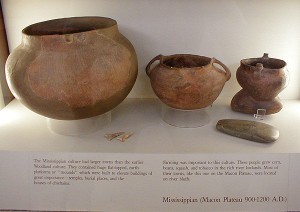
The archaeological evidence actually supports this part of the migration legend. The original pottery unearthed by archaeologists at the site is known as Swift Creek pottery and is noticeably different than the style (called Bibb plain) brought by the newcomers. Also, early explorer C. C. Jones, Jr. from Savannah visited the Ocmulgee site in the late 1800s when the Central of Georgia Railroad was cutting a trail through the site. They cut through the burial mound and Mr. Jones noted in his book Antiquities of the Southern Indians Especially the Georgia Tribes that a skull from the lowest part of the mound, thus the oldest part, exhibited cranial deformation giving it a flattened appearance while the later burials in the upper part of the mound did not. All of this evidence suggests two completely different people inhabited the Ocmulgee Mounds site, one replaced (or massacred) by the other.(Continues…)


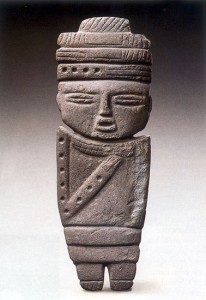

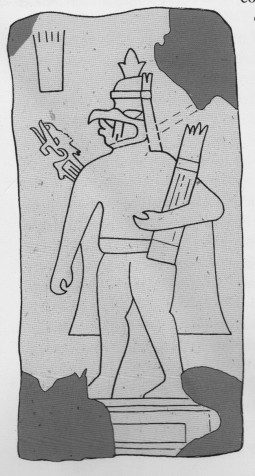
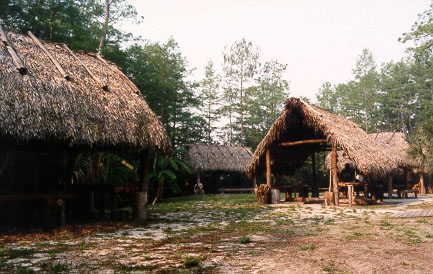
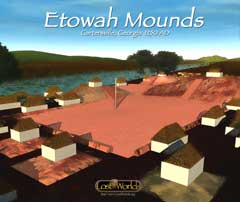
Pingback: Georgia mounds | Keikohiraoka